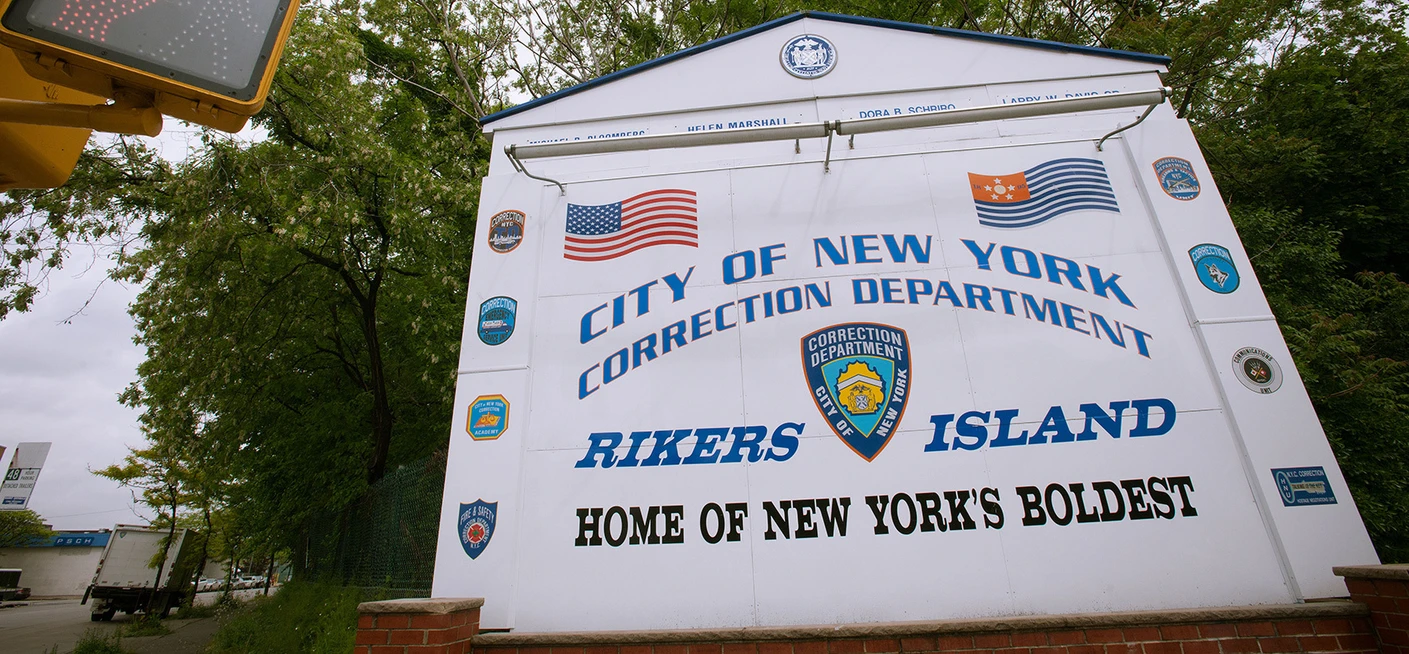Politics, Ambition, and the Hard Work of Making the Closure of Rikers Island a Reality

Last month, Mayor de Blasio released “Smaller, Safer, Fairer: A Roadmap to Closing Rikers Island,” a report that laid out several concrete steps on the path to closure of the ten jails on the Island. In the preface to the report, the mayor acknowledged that the recommendations within are not a “quick fix.”
Nobody is under the impression that closing Rikers Island will be an easy task. At the April 2nd press conference for the Lippman Commission’s report, released on the heels of the mayor’s announcement that it is the official city policy to close the jail complex, Glenn Martin of JustLeadershipUSA reminded us: “The challenge now is to make this a reality—we will not take our foot off the gas.”
Exactly how to make closing Rikers Island a reality has been a topic of intense discussion in the past three months. How low must we drop our average daily jail population—currently at 9,400—so that people currently held at Rikers Island can be moved to borough-based jails? For the existing jails in the Bronx, Manhattan, and Brooklyn—all facilities built decades ago and now well beyond their shelf life—how quickly can we renovate or rebuild them? In Queens and Staten Island, should we build new jails and where should they be sited?
The questions range from challenges squarely in the camp of criminal justice reform to those that touch upon land use and “fair share” policies to evenly distribute the burdens and benefits associated with building new city facilities across communities.
The political challenges of closing Rikers Island are vast. Despite enjoying the lowest crime rate of any big city in America, some New Yorkers fear that a focus on further decarceration will inevitably result in an uptick in violence and a loss of public safety, despite evidence from cities like Baltimore that more incarceration does not equal less crime. Others may in theory support the closure of decrepit and dangerous jails on Rikers Island but won’t welcome a jail in their own neighborhood, despite examples from our own backyard of jails coexisting with thriving communities in lower Manhattan and downtown Brooklyn. Finally, many will balk at the sheer cost of overhauling the city’s criminal justice system from beginning, middle, to end at a price tag that will easily stretch into the billions, despite the astronomical costs of housing individuals in the current facilities on Rikers Island.
For all of these challenges it cannot be said that New York City lacks ambition. We have plenty of it on all fronts.
Instead of resting on their laurels after Mayor de Blasio’s announcement supporting the closure of Rikers Island, within days the #CLOSErikers Campaign began organizing for a shorter timeline for closing the jail. In a budget released in early June, the city council earmarked $1.1 million towards reforming bail to reduce the number of people held in jail simply because they cannot afford their freedom. Chief Judge DiFiore recently tasked the New York State Justice Task Force, a heavy-hitting commission of judges, law enforcement, defense attorneys, criminal justice policy makers, and advocates, with studying bail and speedy trial—the two big drivers of the jail population.
Indeed, closing Rikers Island will take nothing short of very real hard work. But all of us—the advocates, the mayor’s office, the city council, inside and outside-lane reformers—have a lot of gas left in the tank to make closing Rikers Island a reality.
